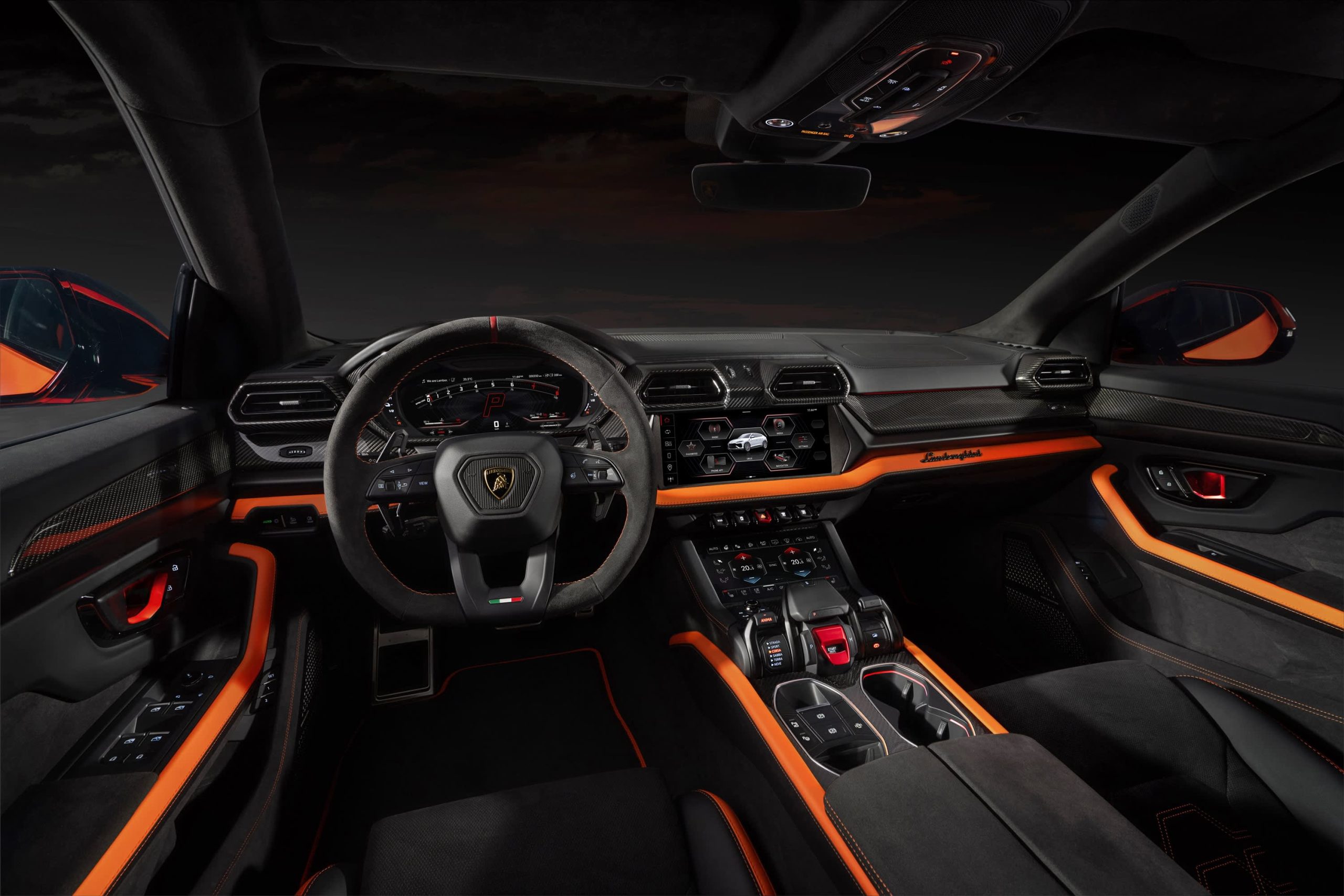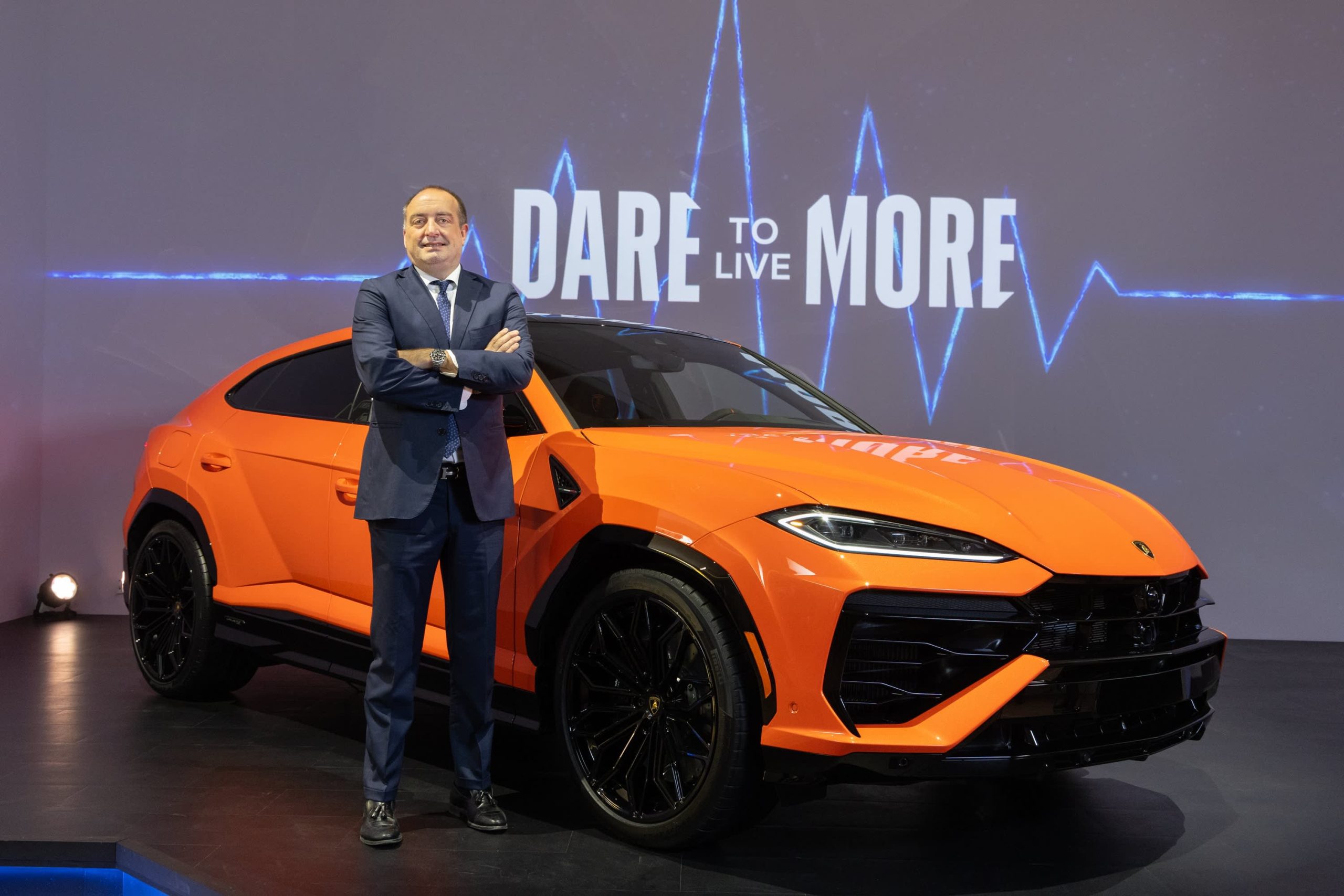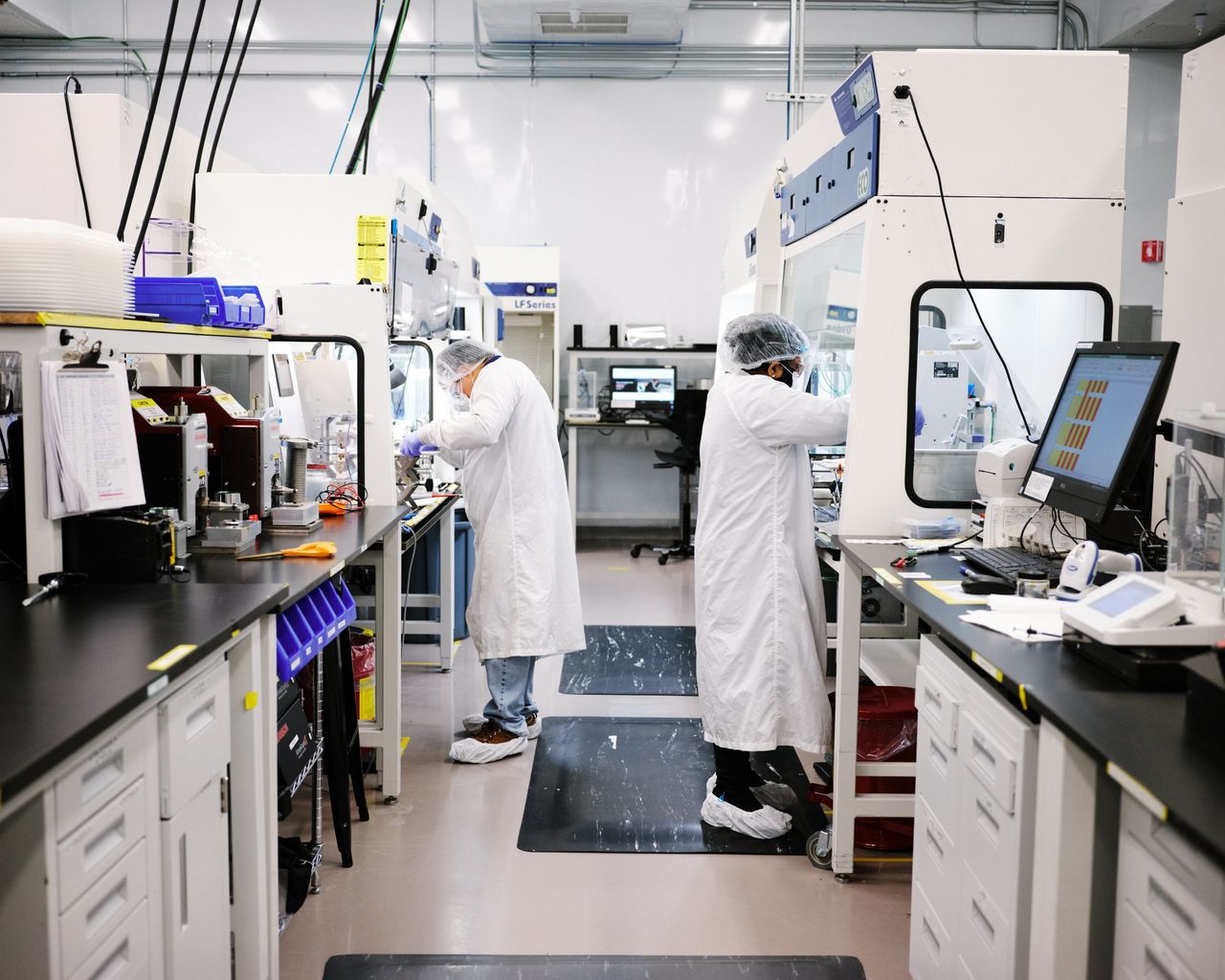Why EV-Battery ‘Breakthroughs’ Aren’t Actually Breaking Through
In the superheated market for batteries, promising lab developments often get overhyped by startups.
Type the words “battery” and “breakthrough” into your search engine of choice, and you’ll encounter page after page of links. They include breathless news articles and lofty pronouncements from battery startups.
And yet, according to scientists, engineers, startup founders and analysts, the use of the word “breakthrough” in the context of battery technology is misleading at best. Claims that the latest research finding or startup launch will bear fruit in the near future are almost always nonsense, they say.
“You don’t have to be in the field long to hear the phrase ‘Liar, liar, battery supplier,’ ” says Charlotte Hamilton, chief executive and co-founder of battery startup Conamix. The company was founded in 2014 and is pursuing technology that is being funded by venture capitalists and IARPA, a research arm of the U.S. intelligence community.
Batteries are becoming ever more critical to daily life. Their performance dictates how often people have to recharge their smartwatch or phone and are central to overcoming range-anxiety felt by drivers embracing electric cars. Power storage also is critical to the growing demand for renewable energy. All that has supercharged demand for batteries, turning the industry into one of the hottest areas for investors.
Venture capitalists last year poured almost $18 billion globally into startups that support the transition to electric vehicles, including batteries and lithium mining, according to PitchBook. In August, for example, China-based EV battery maker Svolt netted $1.6 billion in a single funding round.
Given what’s at sake, it’s easy to chalk up exaggerated claims about new battery breakthroughs to the tech industry’s propensity for hyperbole and grandstanding. A typical example: Researchers invent a tweak to a type of battery that has long shown promise but has never come close to commercialization. That gets spun into claims that an electric car with a 3200km range is within reach.
“People like a breakthrough, but when we write papers we try to avoid using these kinds of words,” says Xin Li, a researcher at Harvard University whose team recently published a paper on a new kind of higher-capacity solid-state battery in the scientific journal Nature. “There are too many battery ‘breakthroughs’ in my opinion in the past 5 years, and not many can be implemented in a commercial product.”.
There are tangible costs to the hype. Investors can struggle to cut through the thicket of claims, and startups that are forthright about their results may lose out.
“It makes it very difficult to raise capital,” says Ms. Hamilton, whose company is working to change the materials for a key battery component, to pack in more energy at lower cost. “If like us you say, ‘We have the best lithium-sulfur battery in the world, but it’s not good enough for automotive applications yet,’ my claims get discounted,” she adds.
The decades since lithium-ion batteries were first commercialized in 1991 demonstrate that real breakthroughs in what they can deliver are few and far between.
“When we started Tesla in 2003, the batteries were just good enough, but what we had noticed was that they got better at about 7% to 8% a year, and had for a long time,” says Marc Tarpenning, a co-founder of the company. “It’s been 19 years, and we still haven’t had a step change in battery capacity—it just ticks along at 7% to 8% per year.”
The reasons progress has been more evolutionary than revolutionary are myriad, but they boil down to the inherent complexity of high-capacity batteries. It’s easy to take them for granted, seeing how they’re in practically every gizmo we buy nowadays. But at the molecular level, what goes on inside the average lithium-ion battery is a complex cascade of chemical reactions that—and this is the really tough part—unfold one way when the cell is charged, do the reverse when it is discharged, and must repeat the process countless times.
To recharge an iPhone is to unscramble the proverbial egg of its battery. This process is never perfect, and is the primary reason the capacity of even the best batteries degrades over time.
Many approaches that in theory could double or triple the capacity of existing batteries haven’t been made to work beyond a few charge cycles. A prime example are lithium-sulfur batteries, which on paper could have nearly 10 times the capacity of current cells. The only problem: If you make one the same way you make current batteries, it breaks down almost completely after just one or two charge cycles.
Most batteries produced today go into electric vehicles, not consumer electronics, in part because cars require so many more of them. The smallest battery pack Tesla makes contains the same amount of energy as the cells in 1,666 iPhones; an Electric Hummer is the equivalent of 7,000 of them. As a result, EVs are now the primary driver of demand for batteries, and the requirements of auto makers are the de facto standards which battery makers must meet.
And yet the requirements of auto makers are often not reflected in the way that researchers and startups report the performance of their batteries.
While it’s easy to create a battery in the lab that performs well by one measure, the way such results are reported is often a kind of sleight-of-hand, says Ms. Hamilton. Such reports tend to play down the fact that a real-world battery must perform well by at least a half-dozen different measures that matter for electric vehicles. Those include delivering power for acceleration, storing a lot of energy per gram of weight to enable long range, lasting for thousands of charge and discharge cycles, operating in a wide range of temperatures, and not catching fire too easily when damaged.
Also, batteries can’t cost too much, since their price is the primary driver of the cost of electric vehicles.
Even when a promising new battery technology can be made to work by all the measures that matter, another challenge looms just as large: production.
So much money and research and development has already been invested in existing lithium-ion battery technology that for any rival approach to catch up is almost impossible, unless it can be manufactured in nearly the same way within existing facilities, says Mr. Tarpenning.
Commercializing new battery technologies at the scale auto makers demand can require billions of dollars in investment, which must be recouped in the form of higher initial costs for these batteries, says Cory Steuben, president of automotive-manufacturing advisory firm Munro & Associates.
This isn’t to say that promising new battery technologies won’t ever be commercialized.
Many companies are continuing to do the hard work of improving existing battery technologies, though they tend not to claim their technology is a “breakthrough,” since their work leads to small improvements in performance. One such startup is Coreshell, which just announced $12 million in Series A funding, and counts Mr. Tarpenning as one of its advisers.
A big issue in automotive batteries is cooling the massive packs of individual battery cells a vehicle requires. This is critical to both performance and safety, and accounts for a significant amount of the volume and weight of these battery packs.
Coreshell is trying to commercialize a thin coating for a critical part of lithium-ion batteries that should allow them to safely operate at higher temperatures, and slow their degradation, says Jonathan Tan, the company’s CEO and co-founder.
At the other end of the spectrum of payoff and risk are the researchers plugging away at new ways of making batteries, and understanding how their different components interact. Since battery technology is dependent on complicated, multistep chemical reactions among a large number of substances, there is a great deal we still don’t know about how they work.
At Harvard, Dr. Li’s team has worked out a new way to make solid-state batteries last longer. In theory, this could make the current combinations of elements that go into batteries yield a product with much higher capacity, and way down the road, it could be used in concert with other novel chemistries, like lithium-sulfur, to take auto- and gadget-makers to some sort of high-performance battery nirvana.
But Dr. Li cautions that commercializing his team’s technology will take years, and there are many challenges remaining, not to mention the unknown obstacles which typically arise on the long path between research findings and scaled-up production.
The result of these long development cycles is that, even when battery tech “breakthroughs” finally make it to market, they might just amount to the next, incremental increase in the capacity of existing battery packs, which continue to get better all the time anyway, says Mr. Tarpenning: “By the time they finally get those things into production, it could be, ‘Oh, it’s just another 8% improvement; look at that.’ ”
Reprinted by permission of The Wall Street Journal, Copyright 2021 Dow Jones & Company. Inc. All Rights Reserved Worldwide. Original date of publication: February 25, 2022
 Copyright 2020, Dow Jones & Company, Inc. All Rights Reserved Worldwide. LEARN MORE
Copyright 2020, Dow Jones & Company, Inc. All Rights Reserved Worldwide. LEARN MORE
This stylish family home combines a classic palette and finishes with a flexible floorplan
Just 55 minutes from Sydney, make this your creative getaway located in the majestic Hawkesbury region.
The marketplace has spoken and, at least for now, it’s showing preference for hybrids and plug-in hybrids (PHEVs) over battery electrics. That makes Toyota’s foot dragging on EVs (and full speed ahead on hybrids) look fairly wise, though the timeline along a bumpy road still gets us to full electrification by 2035.
Italian supercar producer Lamborghini, in business since 1963, is also proceeding, incrementally, toward battery power. In an interview, Federico Foschini , Lamborghini’s chief global marketing and sales officer, talked about the new Urus SE plug-in hybrid the company showed at its lounge in New York on Monday.

Lamborghini
The Urus SE SUV will sell for US$258,000 in the U.S. (the company’s biggest market) when it goes on sale internationally in the first quarter of 2025, Foschini says.
“We’re using the contribution from the electric motor and battery to not only lower emissions but also to boost performance,” he says. “Next year, all three of our models [the others are the Revuelto, a PHEV from launch, and the continuation of the Huracán] will be available as PHEVs.”
The Euro-spec Urus SE will have a stated 37 miles of electric-only range, thanks to a 192-horsepower electric motor and a 25.9-kilowatt-hour battery, but that distance will probably be less in stricter U.S. federal testing. In electric mode, the SE can reach 81 miles per hour. With the 4-litre 620-horsepower twin-turbo V8 engine engaged, the picture is quite different. With 789 horsepower and 701 pound-feet of torque on tap, the SE—as big as it is—can reach 62 mph in 3.4 seconds and attain 193 mph. It’s marginally faster than the Urus S, but also slightly under the cutting-edge Urus Performante model. Lamborghini says the SE reduces emissions by 80% compared to a standard Urus.
Lamborghini’s Urus plans are a little complicated. The company’s order books are full through 2025, but after that it plans to ditch the S and Performante models and produce only the SE. That’s only for a year, however, because the all-electric Urus should arrive by 2029.

Lamborghini
Thanks to the electric motor, the Urus SE offers all-wheel drive. The motor is situated inside the eight-speed automatic transmission, and it acts as a booster for the V8 but it can also drive the wheels on its own. The electric torque-vectoring system distributes power to the wheels that need it for improved cornering. The Urus SE has six driving modes, with variations that give a total of 11 performance options. There are carbon ceramic brakes front and rear.
To distinguish it, the Urus SE gets a new “floating” hood design and a new grille, headlights with matrix LED technology and a new lighting signature, and a redesigned bumper. There are more than 100 bodywork styling options, and 47 interior color combinations, with four embroidery types. The rear liftgate has also been restyled, with lights that connect the tail light clusters. The rear diffuser was redesigned to give 35% more downforce (compared to the Urus S) and keep the car on the road.
The Urus represents about 60% of U.S. Lamborghini sales, Foschini says, and in the early years 80% of buyers were new to the brand. Now it’s down to 70%because, as Foschini says, some happy Urus owners have upgraded to the Performante model. Lamborghini sold 3,000 cars last year in the U.S., where it has 44 dealers. Global sales were 10,112, the first time the marque went into five figures.
The average Urus buyer is 45 years old, though it’s 10 years younger in China and 10 years older in Japan. Only 10% are women, though that percentage is increasing.
“The customer base is widening, thanks to the broad appeal of the Urus—it’s a very usable car,” Foschini says. “The new buyers are successful in business, appreciate the technology, the performance, the unconventional design, and the fun-to-drive nature of the Urus.”
Maserati has two SUVs in its lineup, the Levante and the smaller Grecale. But Foschini says Lamborghini has no such plans. “A smaller SUV is not consistent with the positioning of our brand,” he says. “It’s not what we need in our portfolio now.”
It’s unclear exactly when Lamborghini will become an all-battery-electric brand. Foschini says that the Italian automaker is working with Volkswagen Group partner Porsche on e-fuel, synthetic and renewably made gasoline that could presumably extend the brand’s internal-combustion identity. But now, e-fuel is very expensive to make as it relies on wind power and captured carbon dioxide.
During Monterey Car Week in 2023, Lamborghini showed the Lanzador , a 2+2 electric concept car with high ground clearance that is headed for production. “This is the right electric vehicle for us,” Foschini says. “And the production version will look better than the concept.” The Lanzador, Lamborghini’s fourth model, should arrive in 2028.
Just 55 minutes from Sydney, make this your creative getaway located in the majestic Hawkesbury region.
This stylish family home combines a classic palette and finishes with a flexible floorplan






















